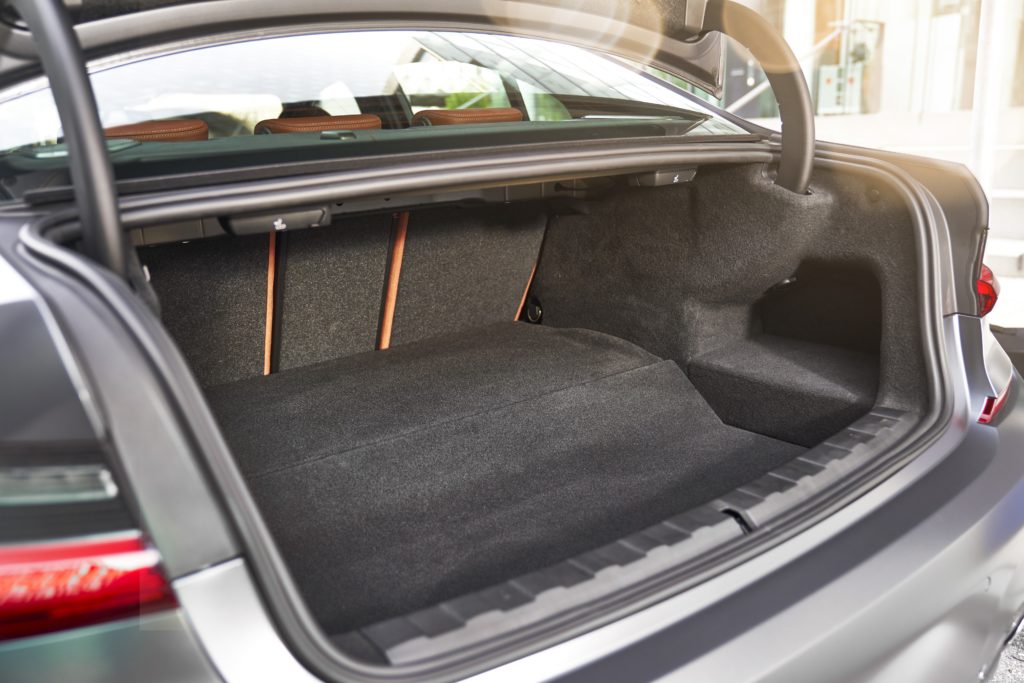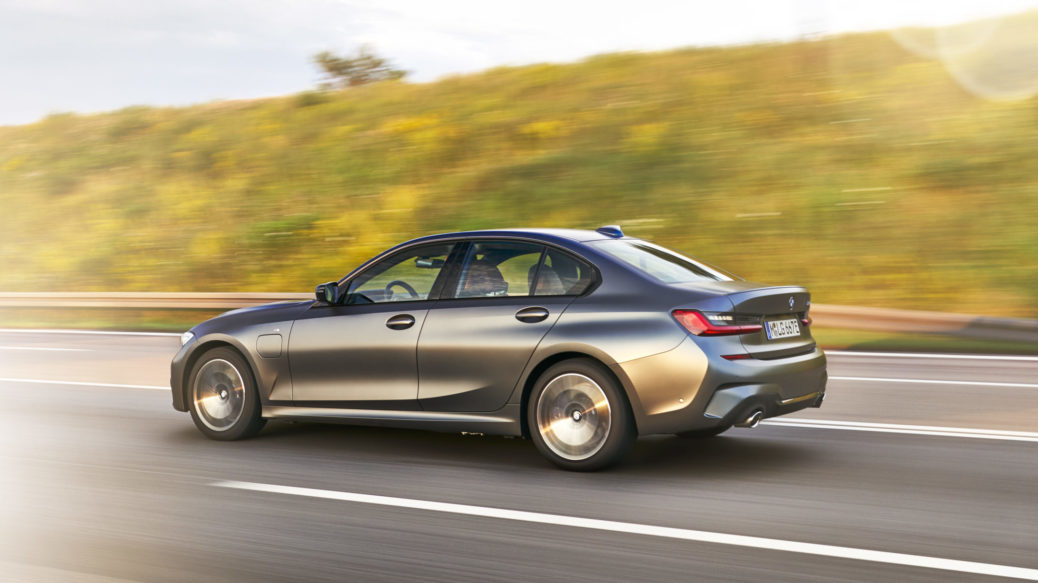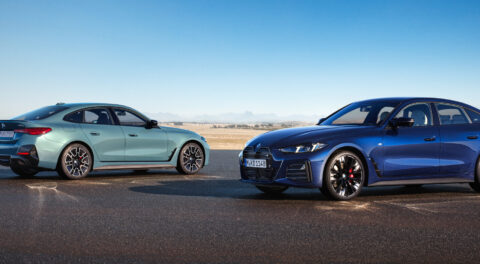The hybrid-electric drivetrain of the BMW G20 330e has been selected by Wards Auto as one of the publication’s 10 Best Engines and Propulsion Systems for 2021. The 330e is powered by a BMW B48 two-liter turbocharged four-cylinder engine developing 181 horsepower from 3,800 to 6,500 rpm and 258 pound-feet of torque from 1,450 t0 3,600 mated to an electric motor with the equivalent of 107 horsepower at 3,170 rpm and 77 pound-feet of torque from zero to 3,170, for system output of 288 horsepower and 310 pound-feet. That’s more power and torque than the gasoline-burning 330i, and Wards says the 330e reaffirms just how exciting driving a hybrid can be.
The powertrain of the 330e is following up on the serial success of various BMW engines and propulsion systems which have been recognized by Wards Auto 36 times since the competition was initiated in 1995. Since its arrival in 2016, the BMW B58 turbocharged six-cylinder engine has ranked among the publication’s 10 Best four times including 2016 in F30 340i, 2017 in the F22 M240i, 2019 in the G05 X5, and last year in the G20 M340i, thus eclipsing the previous N55 and its three awards from 2011 to 2013. The B58 was in the running for 2021 once again the M440i coupe, in which it develops 382 horsepower, but it was the four-cylinder B48 (hailing from the same modular family as the B58) and the electric motor to which it is mated that took home the award thanks to a, “first-rate driving experience that compromises nothing, while approaching 40 mpg during our real-world testing.”

According to BMW, the 330e is capable of accelerating from zero to 60 mph in 5.6 seconds, while the xDrive-equipped version does it in 5.7 seconds. The hybrid 3 Series expectedly weighs more than its gasoline stablemates at 4,039 pounds and 4,138 pounds for rear-wheel-drive and xDrive respectively—the 330i weighs 3,582 pounds, the 330i xDrive weighs 3,764 pounds, the M340i weighs 3,849 pounds, and the M340i xDrive weighs 3,968 pounds—but its driving experience and acceleration are summarized as being closer to a premium battery EV than a hybrid. This is likely achieved thanks to the 330e’s XtraBoost, which delivers 40 additional horsepower for up to ten seconds at full throttle. That 40 horsepower is included in the total system output of 288, but the 330e has little trouble out-accelerating the G30 530e and X3 xDrive30e which share its drivetrain.
“It’s thrilling in EV mode and still engaging even when the battery runs dry,” Wards Auto judge Drew Winter wrote on his scoresheet. “When the battery has juice, it drives like a premium BEV, not a PHEV. It feels really fast in sport mode. If you charge at home or work, you still get great fuel economy and can still have a lot of fun driving.”
Speaking of charging at home, the 330e’s twelve-kWh battery array is located underneath and aft of the rear seat (and consumes 3.8 cubic-feet of trunk volume compared with conventional 3 Series) but can be charged with ease at home via a standard 120-volt wall socket found in many garages. The 330e has 22 miles of electric range, while the 330e xDrive has twenty; in hybrid mode, the 330e can reach 68 mph, but running exclusively on the battery allows for up to 87 mph. The vehicle’s top speed is 130 mph, or 142 when equipped with performance tires. The EPA fuel economy rating for the 330e is 75 mpg-e, but owners have reported even greater efficiency in the real world.
Although much of the focus and enthusiasm this side of the automotive world currently revolves around purely electric models, the 330e is said to “stand out among hybrids,” and reinforces the notion that the best of both worlds might be the best current solution, not unlike X5 xDrive45e.—Alex Tock

[Photos courtesy BMW AG.]





















